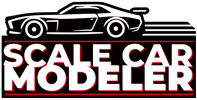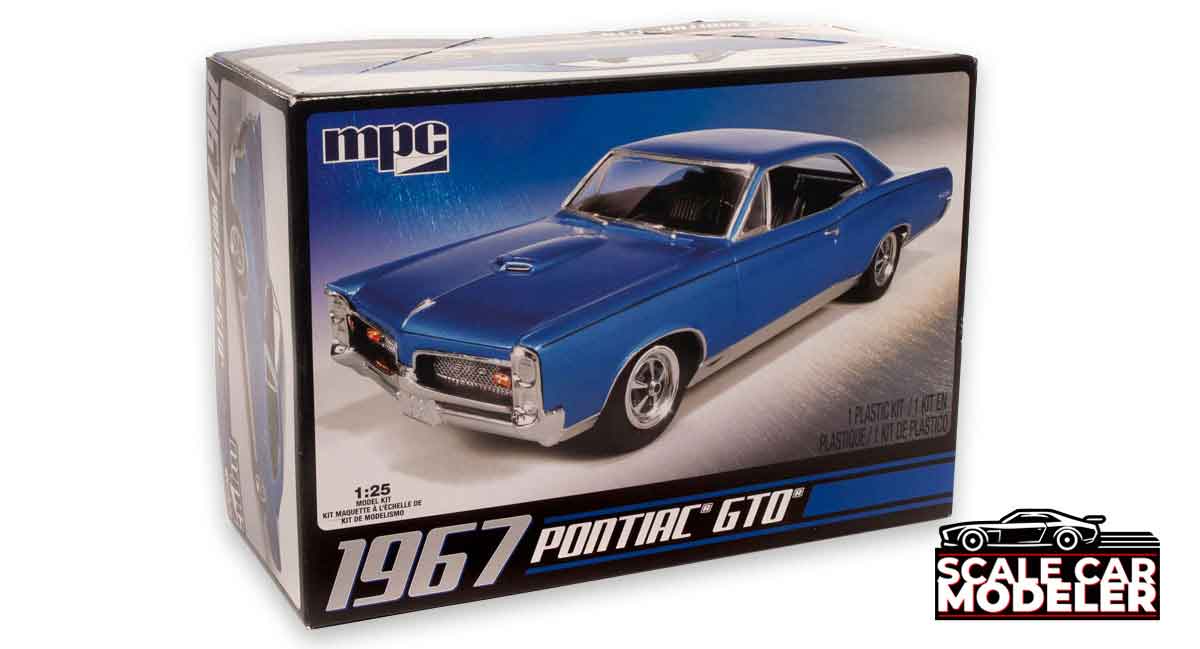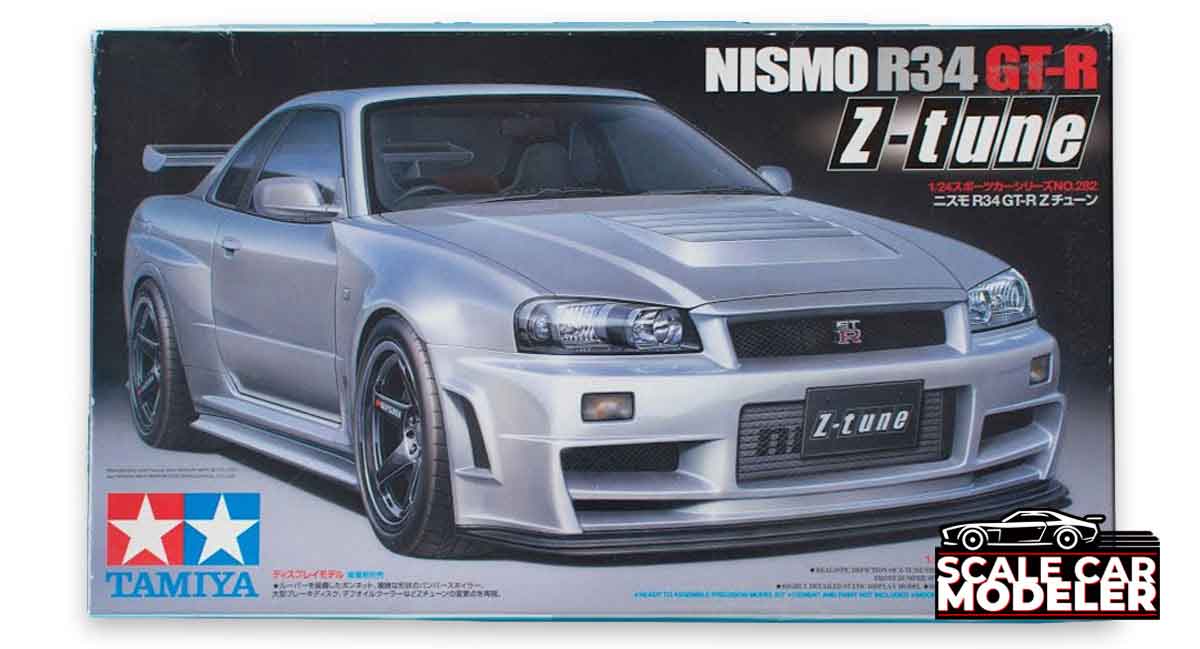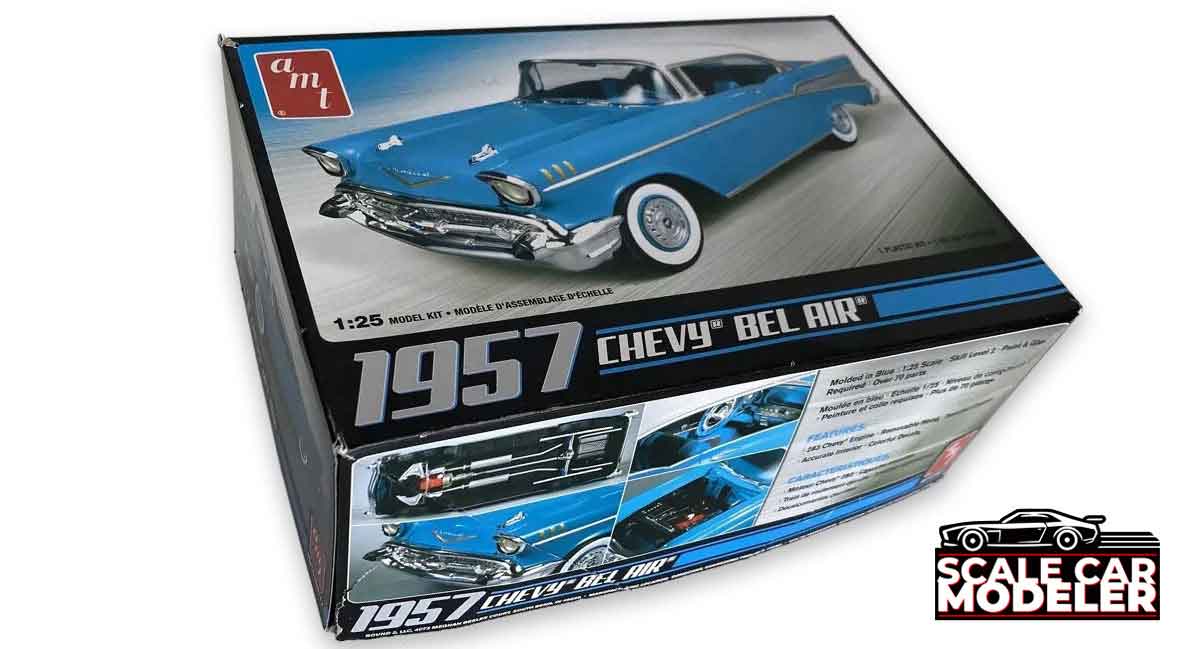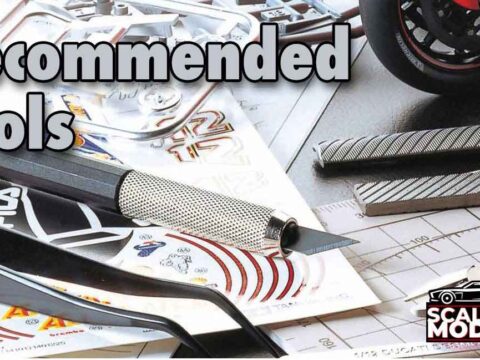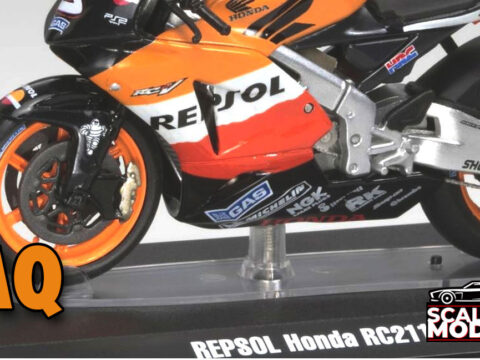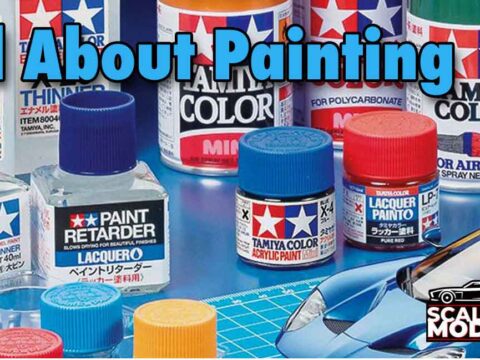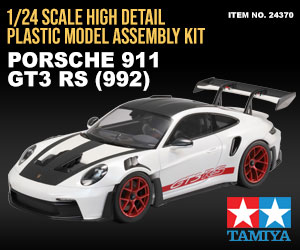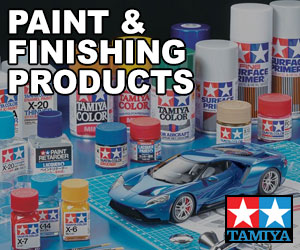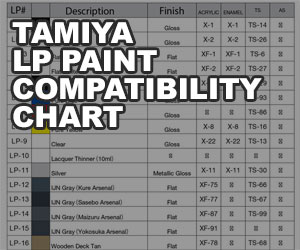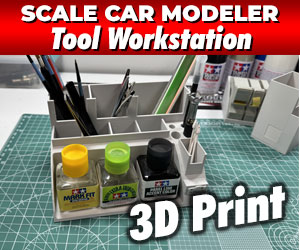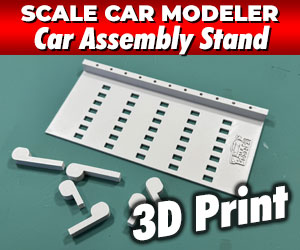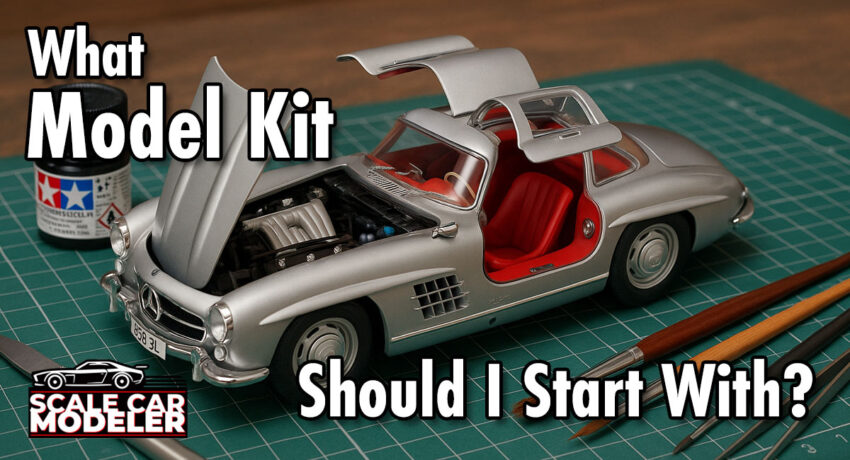
What Model Should I Start With?
For beginners, it's best to start with a simple model that isn't too intricate. Look for model kits with fewer parts and minimal detailing requirements (some kits outline this on one of the side panels of the box).
Some basic buying tips include:
• Research. Do a little research and purchase a newer kit (if possible) as the molds will most likely be fresh, meaning less clean up during the build process.
• Smart Purchase. Buy a kit that features a hard top. This will help mask any build issues you might encounter with the interior (which will certainly be visible with a convertible).
What Does 'Scale' Mean?
In model car kits, scale refers to the ratio of the model's size compared to the real-life (full-scale) vehicle. It indicates how much the model has been reduced in size. For example, a 1/24 scale model means that every 1 unit of measurement on the model equals 24 units on the real car.
Common Model Car Kit Scales
Model car kits come in various scales, each with its own level of detail and size. Here are the most popular ones:
1/12 Scale
• Very large and highly detailed models.
• Often feature intricate interiors, working suspension and opening doors/hoods.
• Typically found in premium or collector’s kits.
• Model Motorcycles are commonly found in 1/12 scale.
Example: Tamiya Tyrrell P34 Six-Wheeler
1/16 Scale
• Slightly smaller than 1/12 but still large with good detail.
• More common for vintage or classic cars.
Example: MPC 1973 Richard Petty Dodge Charger
1/20 Scale
• Common for Formula 1 and racing car kits.
• A mix of plastic and metal components.
Example: Tamiya Porsche 935 Martini
1/24 & 1/25 Scale
• Most common scales for plastic model car kits.
• Well-balanced in size, detail and available space for customization.
• Ideal for modelers who enjoy painting and detailing.
Example: Tamiya Porsche 911 GT3 RS
Example: Revell Shelby Cobra 427 S/C
Example: Hasegawa 1995 Mitsubishi Lancer Rally
1/32 Scale
• Popular for slot cars and some plastic model kits.
• Smaller but still allows for good detail.
Example: Atlantis 1982 Z/28 Camaro
Talk To Me About Skill Levels
A Kit Fit For You.
Some kits have a 'Level' designation to specify the difficulty involved in the build process.
- Level 1 – Snap-together kits, no glue or paint required. Great for absolute beginners.
- Level 2 – Basic kits requiring glue and paint but with minimal parts.
- Level 3 – More detailed kits with additional parts and moderate painting skills needed.
- Level 4 – Complex models with finer detailing, multiple parts and advanced painting requirements.
- Level 5 – Highly detailed kits for experienced builders with advanced techniques.
Some Sample Starter Kits
While there are a lot of model kit manufacturer's out there, here are some good beginner kits to check out:
Model Kit: 1967 Pontiac GTO
Manufacturer: MPC
Part #: MPC710
Scale: 1/25 Scale
Highlights: A classic American muscle car with straightforward assembly.
Price: $25.29
BUY NOW: MPC 1967 Pontiac GTO
Model Kit: Nissan Skyline GT-R
Manufacturer: Tamiya
Part #: TAM24341
Scale: 1/24 Scale
Highlights: A great introduction to a modern classic.
Price: $45.99
BUY NOW: Tamiya Nissan Skyline GT-R
Model Kit: 1957 Chevrolet Bel-Air
Manufacturer: AMT
Part #: AMT638
Scale: 1/25 Scale
Highlights: A simple kit with a timeless design.
Price: $25.95
BUY NOW: AMT 1957 Chevrolet Bel-Air
Choosing the right model is crucial, as it helps keep frustration at bay while allowing you to build confidence in your skills. Models with larger parts and fewer intricate details will make it easier to learn techniques such as sanding, painting and decal application. As you gain more experience, you can progress to kits of a higher Skill Level with finer details and moving parts.
Happy modeling!
